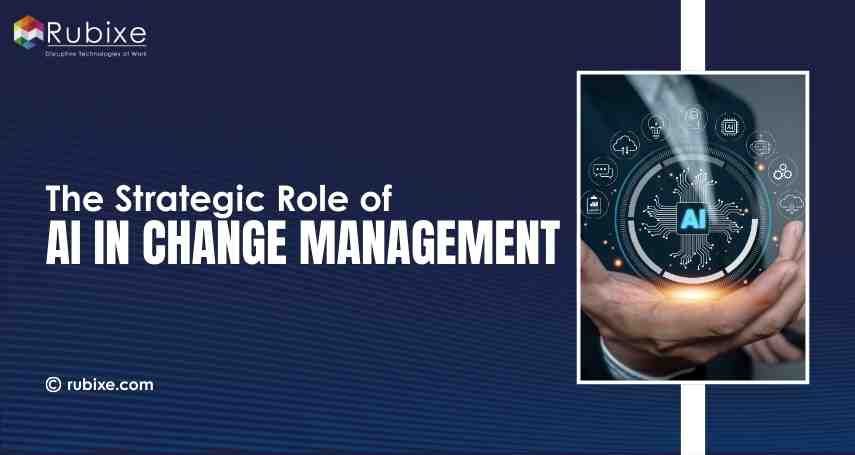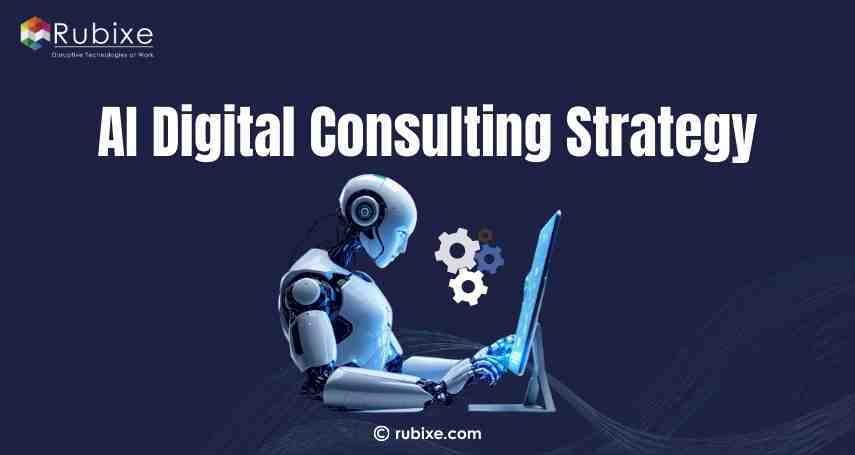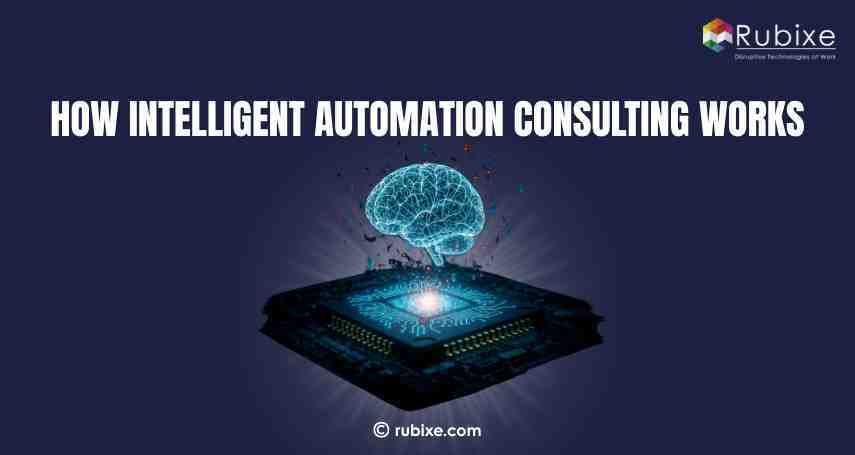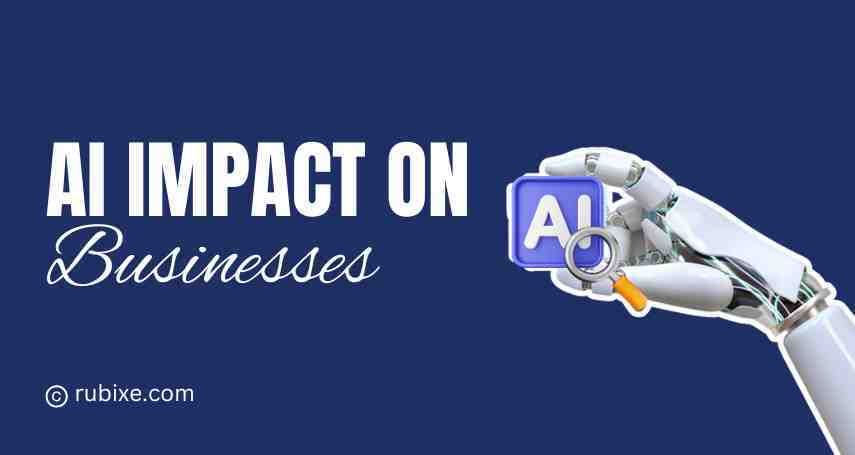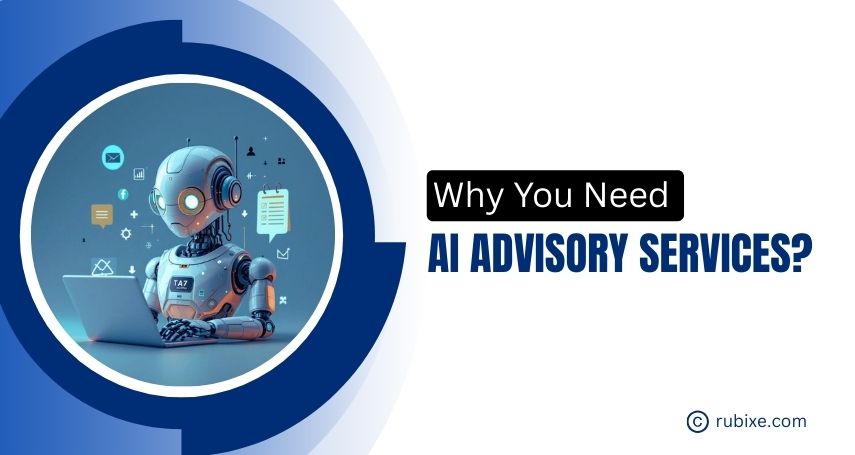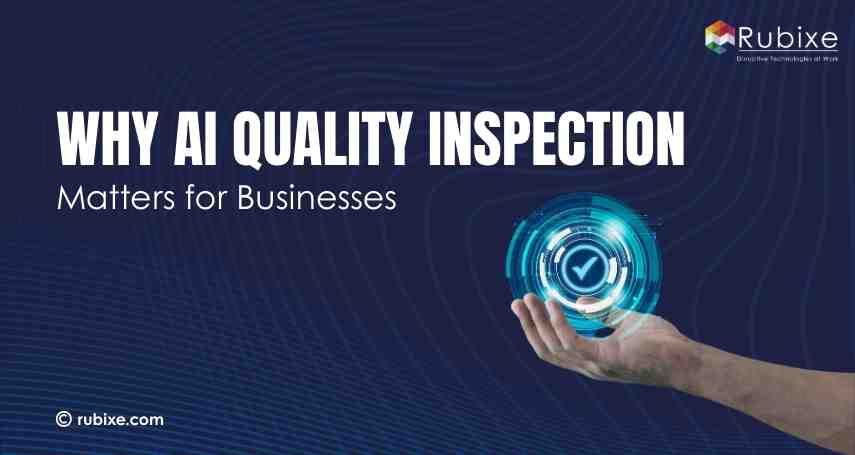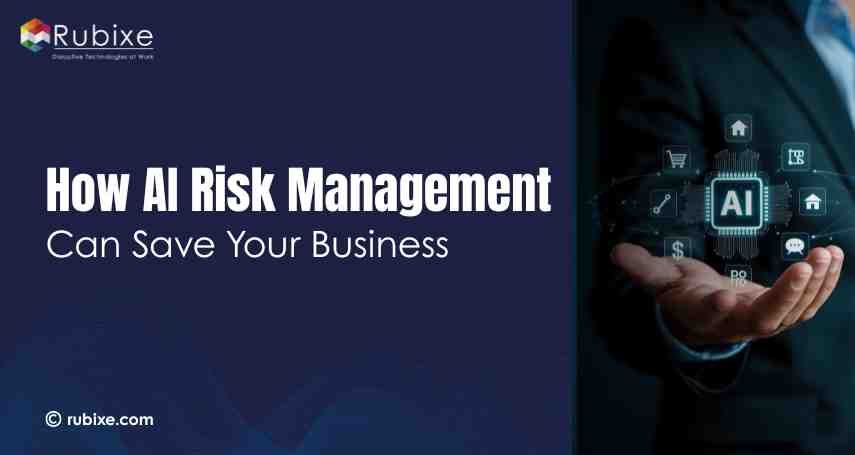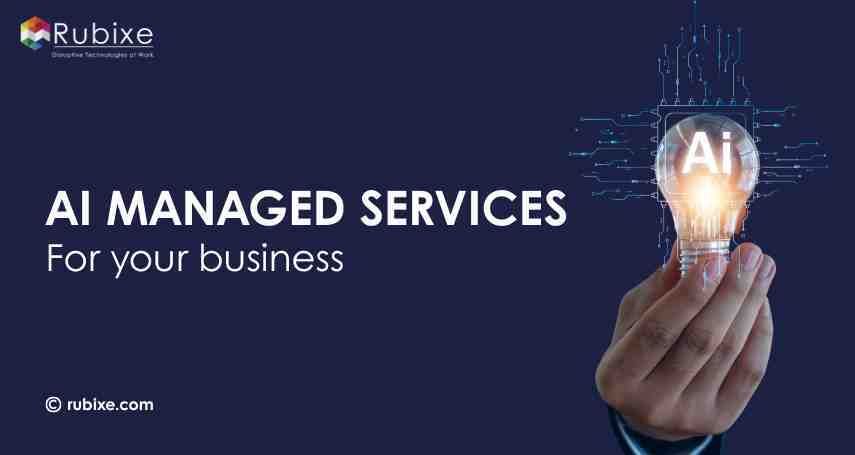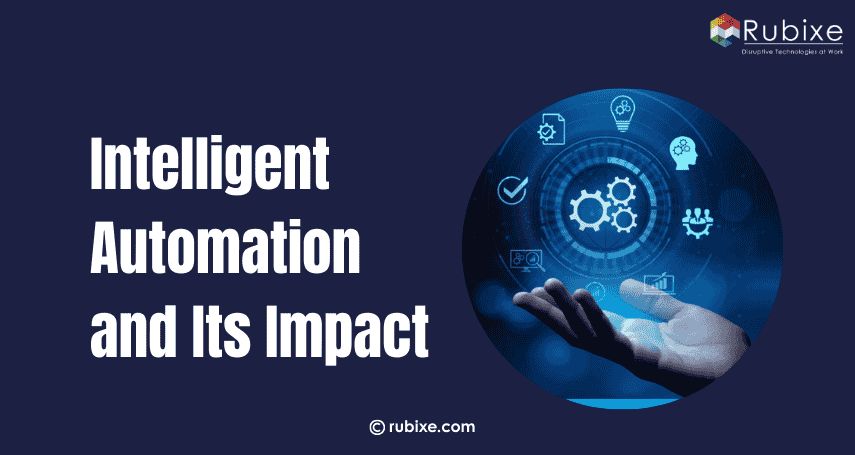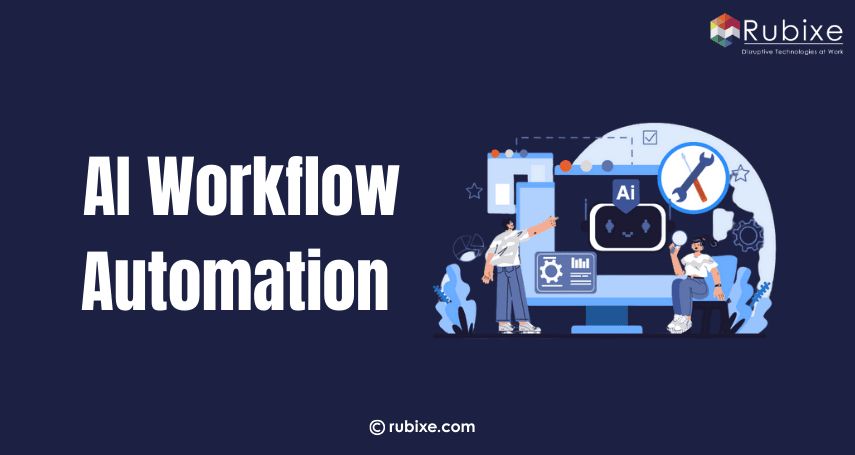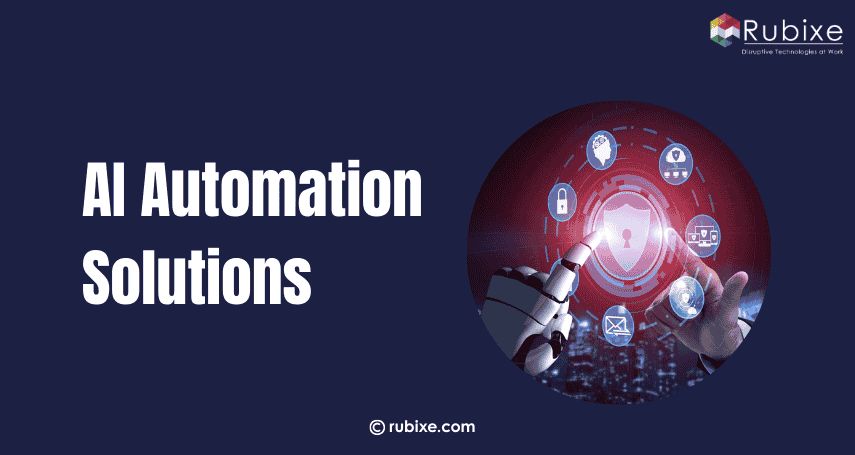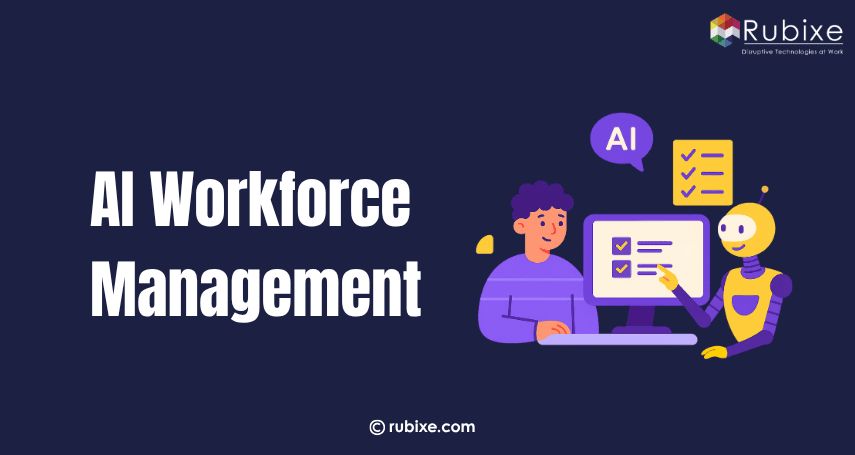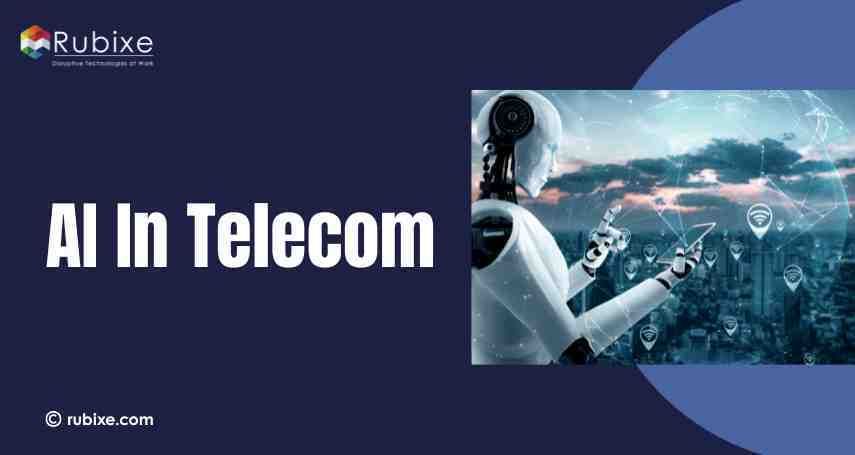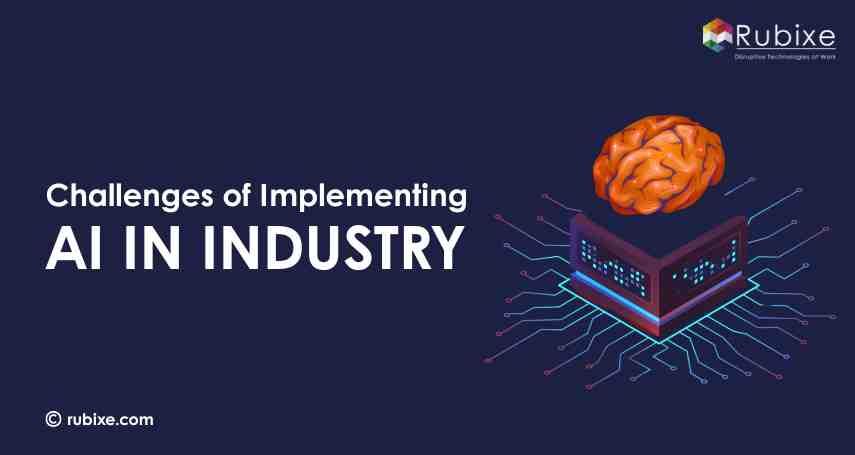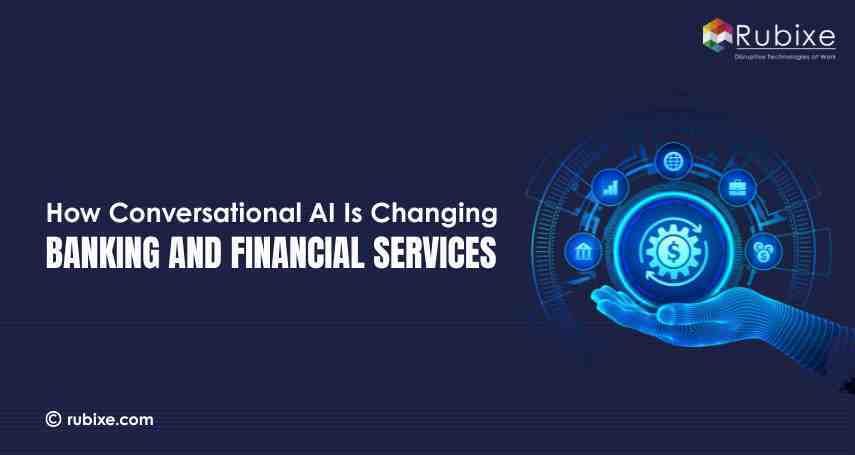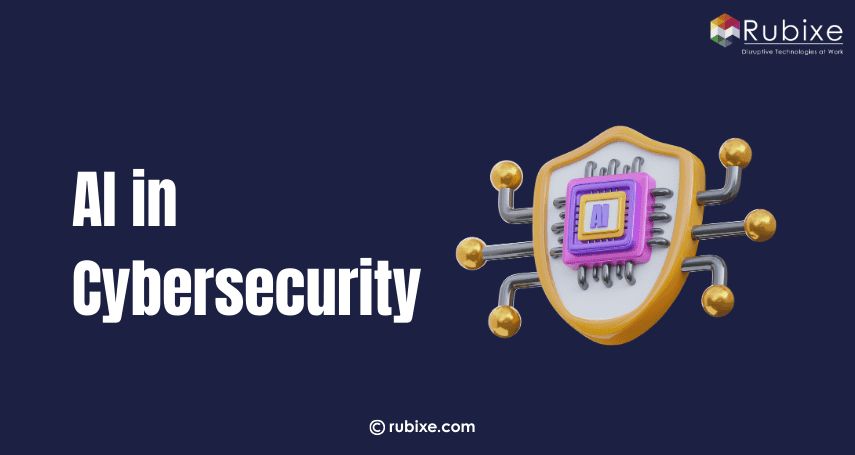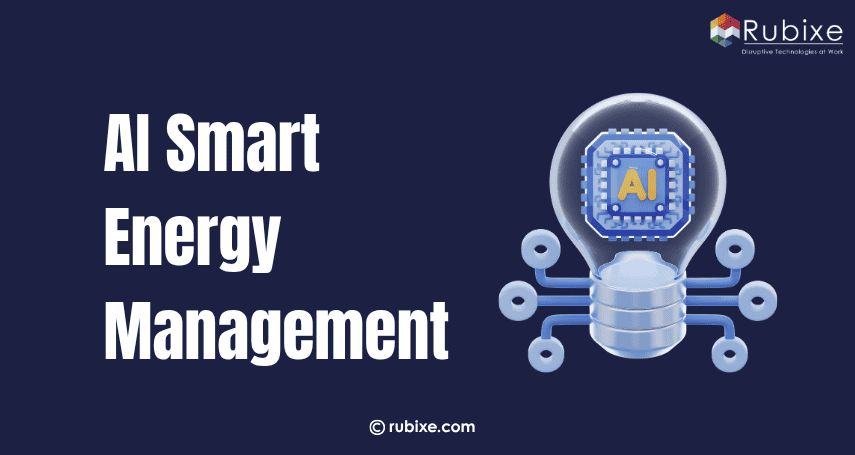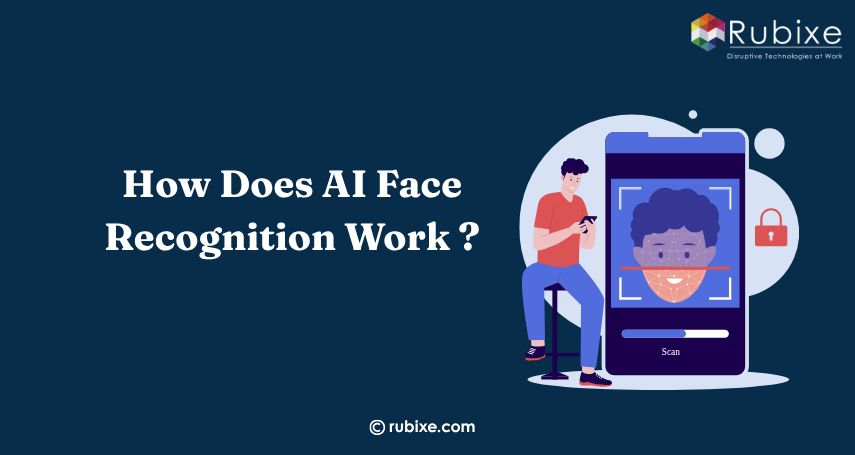How to Build an AI Chatbot That Customers Like
Build an AI chatbot your customers will enjoy using with simple design, natural conversation, personalization, and smart integration with AI tools.
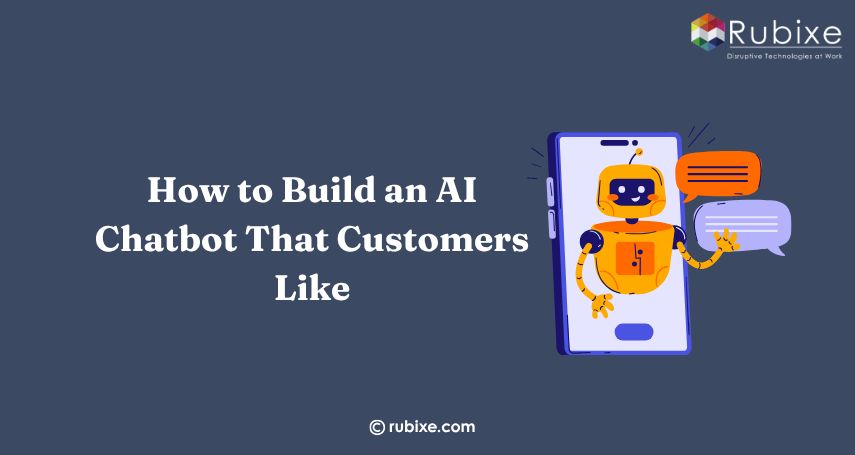
Creating an AI chatbot that customers enjoy interacting with starts by understanding their needs and expectations. A good chatbot should be easy to use, helpful, and capable of responding in a natural, human-like way. Rather than just automating responses, the goal is to build a tool that adds value, whether that’s through quick support, product recommendations, or simply answering questions efficiently. With the right planning, design, and training, an AI product like a well-developed chatbot can improve customer satisfaction and streamline communication without feeling robotic or impersonal.
Define Your AI Chatbot’s Purpose
Before developing an AI chatbot, it's essential to understand what you want it to achieve. A well-defined use case helps ensure the chatbot delivers real value and performs efficiently in its intended role.
Common use cases include:
-
Automatically responding to frequently asked questions
-
Managing order status and delivery queries
-
Booking and scheduling appointments
-
Recommending products based on user preferences
-
Gathering and analyzing user feedback
Choose the Right AI Technology
Selecting the right AI technology is a critical step in building an effective chatbot. The technology you choose should align with your business needs, existing infrastructure, and the complexity of the chatbot's tasks.
Key considerations when choosing AI technology:
-
Natural Language Processing (NLP): Enables the chatbot to understand and respond in human-like language
-
Integration Capabilities: Ensures smooth connection with CRMs, databases, and other tools
-
Machine Learning Models: Useful for learning from user interactions and improving over time
-
Multilingual Support: Important for businesses catering to a diverse audience
-
Scalability: The platform should be able to grow with your user base and feature needs
Design Customer-Centric Conversations
A well-designed AI chatbot should communicate in a way that feels natural and helpful to your users. Focus on making the conversation easy to follow while ensuring it reflects your brand’s tone and your customers’ expectations.
Tips for effective chatbot conversations:
-
Use simple, clear language that your audience understands
-
Maintain a consistent and friendly tone
-
Guide users with buttons, quick replies, or menus
-
Prepare for common questions and follow-up queries
-
Include error-handling messages to manage unclear inputs
Train Your AI Chatbot
Training your AI chatbot is a key step in ensuring it understands user intent and delivers accurate, helpful responses. The process involves feeding it relevant data, fine-tuning its responses, and continuously improving based on real user interactions. A well-trained chatbot feels more natural, useful, and reliable.
Here’s how you can effectively train your AI chatbot:
-
Define clear objectives: Know what tasks or questions your chatbot should handle.
-
Prepare quality training data: Use real conversations, FAQs, and customer queries.
-
Train for language variety: Include different ways users may ask the same question.
-
Add contextual understanding: Teach the bot to recognize conversation flow and intent.
-
Test and refine: Regularly test with real users and update based on feedback.
-
Monitor performance: Track how it responds and make improvements over time.
Focus on Chatbot Personalization
Personalized chatbots go beyond scripted replies—they deliver tailored, engaging conversations that feel more human. By customizing chatbot behavior and tone, businesses can improve customer experience, boost satisfaction, and drive meaningful interactions.
Key Aspects of Chatbot Personalization:
-
User-Aware Responses: Bots adapt replies based on user behavior, preferences, and history.
-
Brand Voice Consistency: Communication style matches your company’s identity and values.
-
Purpose-Built Conversations: Chatbots are fine-tuned for specific goals like support, sales, or onboarding.
-
Multi-Language Support: Personalized bots can understand and reply in regional or preferred languages.
-
Dynamic Flow Adjustments: Chat flows shift in real-time depending on user input or intent.
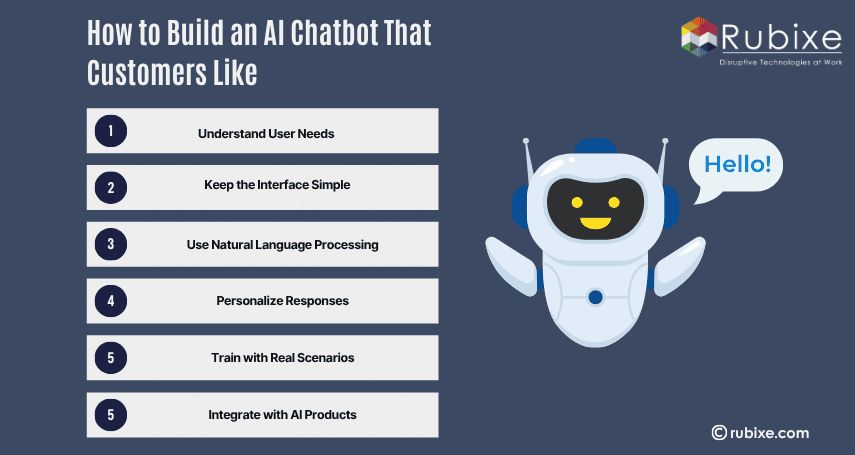
Integrate Seamlessly with Other Systems
For AI solutions like chatbots, data models, or automation tools to be truly effective, they must work effortlessly with your existing systems. Seamless integration ensures smooth operations, better data flow, and enhanced user experience without disrupting your current workflow.
Key Integration Capabilities:
-
CRM Integration: Sync with platforms like Salesforce, HubSpot, or Zoho for personalized engagement.
-
ERP Connectivity: Connect with enterprise systems for real-time data access and automated updates.
-
Omnichannel Support: Integrate across websites, mobile apps, WhatsApp, and social media.
-
Payment and E-commerce Systems: Enable actions like purchases, bookings, or subscriptions directly through AI interfaces.
-
Analytics Platforms: Feed data into tools like Google Analytics or Power BI for performance tracking and insights.
-
Cloud Services: Work with AWS, Azure, or Google Cloud for scalable and secure deployments.
Test, Monitor, and Improve
Chatbot development doesn't end at launch. To ensure continued effectiveness, it requires regular monitoring, testing, and refinement. Tracking real user behavior helps improve accuracy, engagement, and overall performance over time.
Key Focus Areas:
-
Task Completion Rate: Measure how often users complete intended tasks without dropping off.
-
Abandonment Rate: Identify where and why users exit conversations before finishing.
-
Response Accuracy: Assess how well the chatbot provides correct and relevant answers.
-
User Satisfaction (CSAT): Collect feedback to understand user sentiment and satisfaction.
-
Chat Logs Review: Analyze conversation data to uncover recurring issues or missed intents.
-
Model Updates: Regularly retrain the chatbot with new data and scenarios to enhance performance.
Ensure Security and Compliance
When users share personal or sensitive information, trust becomes essential. A secure and compliant chatbot not only protects data but also builds confidence in your brand. Following proper protocols helps reduce risks and ensures responsible AI use.
Key Focus Areas:
-
Data Encryption: Secure all user data during storage and transmission.
-
Secure APIs: Use authenticated, well-protected APIs to prevent unauthorized access.
-
Regulatory Compliance: Adhere to relevant data protection laws such as GDPR, HIPAA, or local regulations.
-
Transparency: Inform users that they are interacting with a chatbot.
-
Human Handoff Option: Allow users to escalate conversations to a human agent when needed.
-
Audit Trails: Maintain logs for review and compliance purposes.
Add Visual Elements and Multi-Channel Support
To enhance engagement, modern AI chatbots go beyond plain text. Visual components like buttons, images, and quick replies make interactions smoother and more intuitive. Supporting multiple channels also ensures your chatbot reaches users wherever they are.
Key Focus Areas:
-
Rich Media Elements: Use images, videos, buttons, and carousels for better interaction.
-
Quick Reply Options: Offer predefined choices to speed up user responses.
-
Multi-Platform Access: Deploy chatbots on websites, mobile apps, WhatsApp, Facebook Messenger, and more.
-
Consistent Experience: Ensure the chatbot works seamlessly across all channels.
-
Brand Alignment: Use visuals and design that reflect your company’s identity.
-
Interactive Features: Add forms, product previews, or clickable menus for improved functionality.
Use AI Consulting to Accelerate Success
AI adoption isn't just about having the right tools; it's about making the right moves. With the support of experienced AI consulting partners, businesses can turn ideas into action faster, avoid common pitfalls, and build solutions that truly make an impact.
Why Work with AI Consultants:
-
Clarity Before Action: Consultants help define realistic goals and align them with your business priorities.
-
Tailored Implementation: Get AI solutions built for your specific challenges, not generic off-the-shelf models.
-
Smooth Rollouts: Reduce delays and disruptions with expert-led deployment strategies.
-
Long-Term Value: Consultants help evolve your AI systems as your needs grow.
-
Upskilling Your Team: Gain internal know-how through collaborative knowledge sharing and training.
-
Results That Scale: Focus on measurable outcomes and sustainable growth, not just experimentation.
An AI chatbot is more than a simple automated tool. It can be a powerful asset for any business. It improves customer service, lowers support costs, and streamlines operations. With thoughtful planning, the right AI services, and expert guidance, you can build a chatbot that users find helpful, reliable, and easy to engage with.
